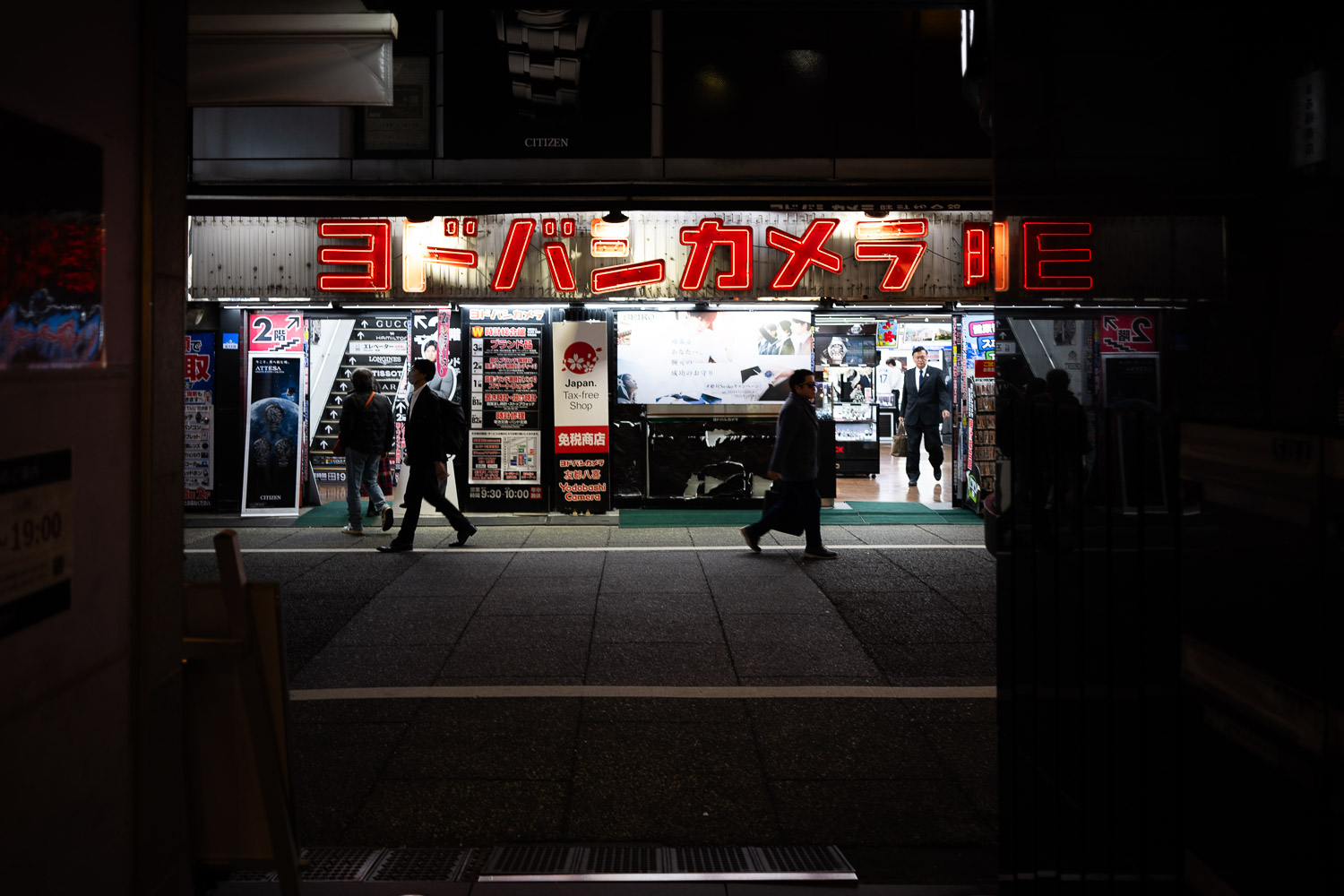 NIKON Z 8 (26mm, f/2.8, 1/100 sec, ISO250)
NIKON Z 8 (26mm, f/2.8, 1/100 sec, ISO250)
Japan again but this time it was a vacation, finally. The camera was different too.
This was trip number ten to Japan but it was the first time I came here for vacation. My wife and I spent amazing two weeks in Osaka, Kyoto, Kanazawa and Tokyo. For her it was the first time in Japan, for me it was the first time with a new camera. The big and heavy Nikon Z8. That’s why the title is Big in Japan. Usually I would have brought my Fuji X-Pro2 but because I got the Nikon just I couple of months ago I had to take it.
I’m glad that I did.
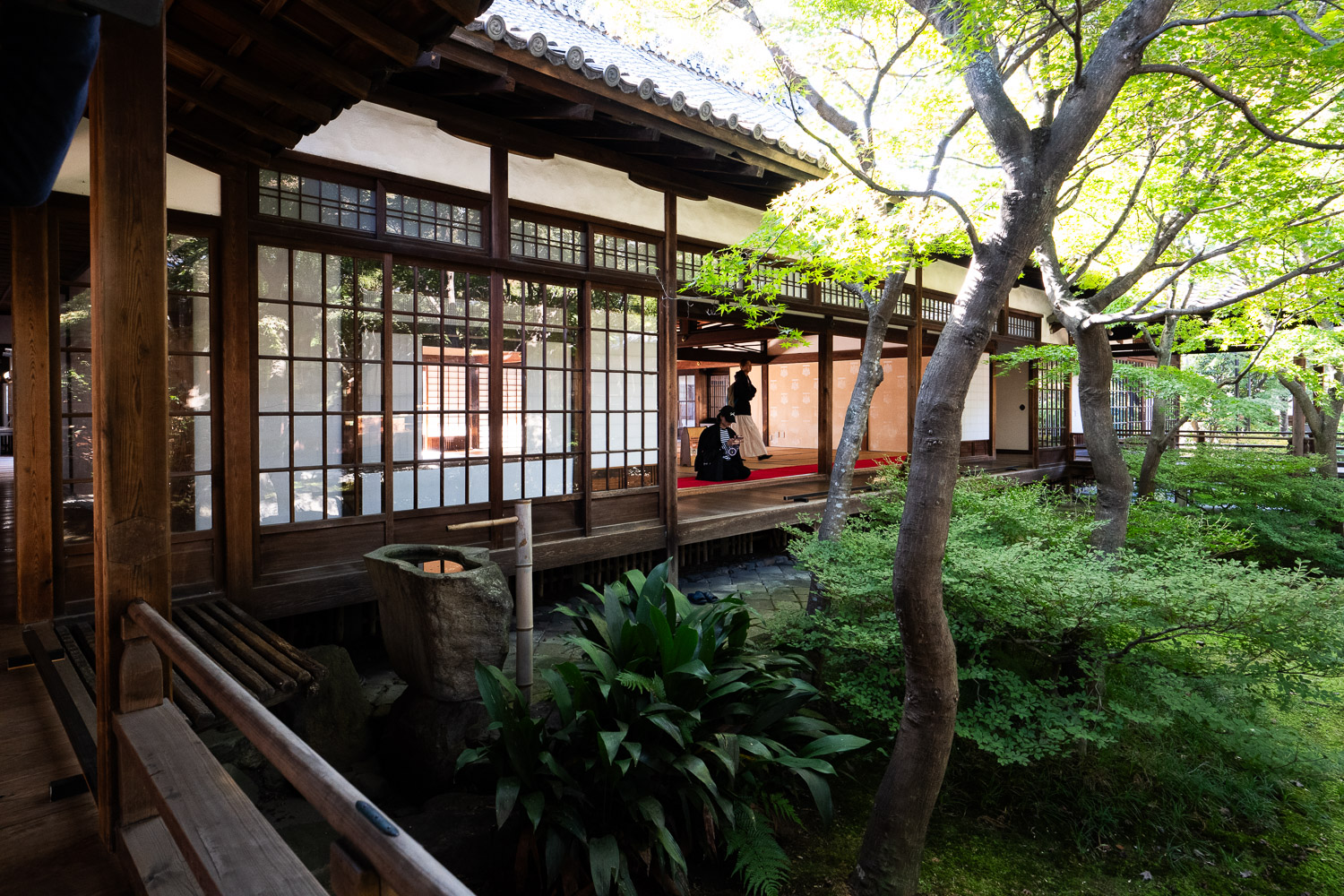 NIKON Z 8 (20mm, f/8, 1/50 sec, ISO2800)
NIKON Z 8 (20mm, f/8, 1/50 sec, ISO2800)
 NIKON Z 8 (27mm, f/4, 1/500 sec, ISO200)
NIKON Z 8 (27mm, f/4, 1/500 sec, ISO200)
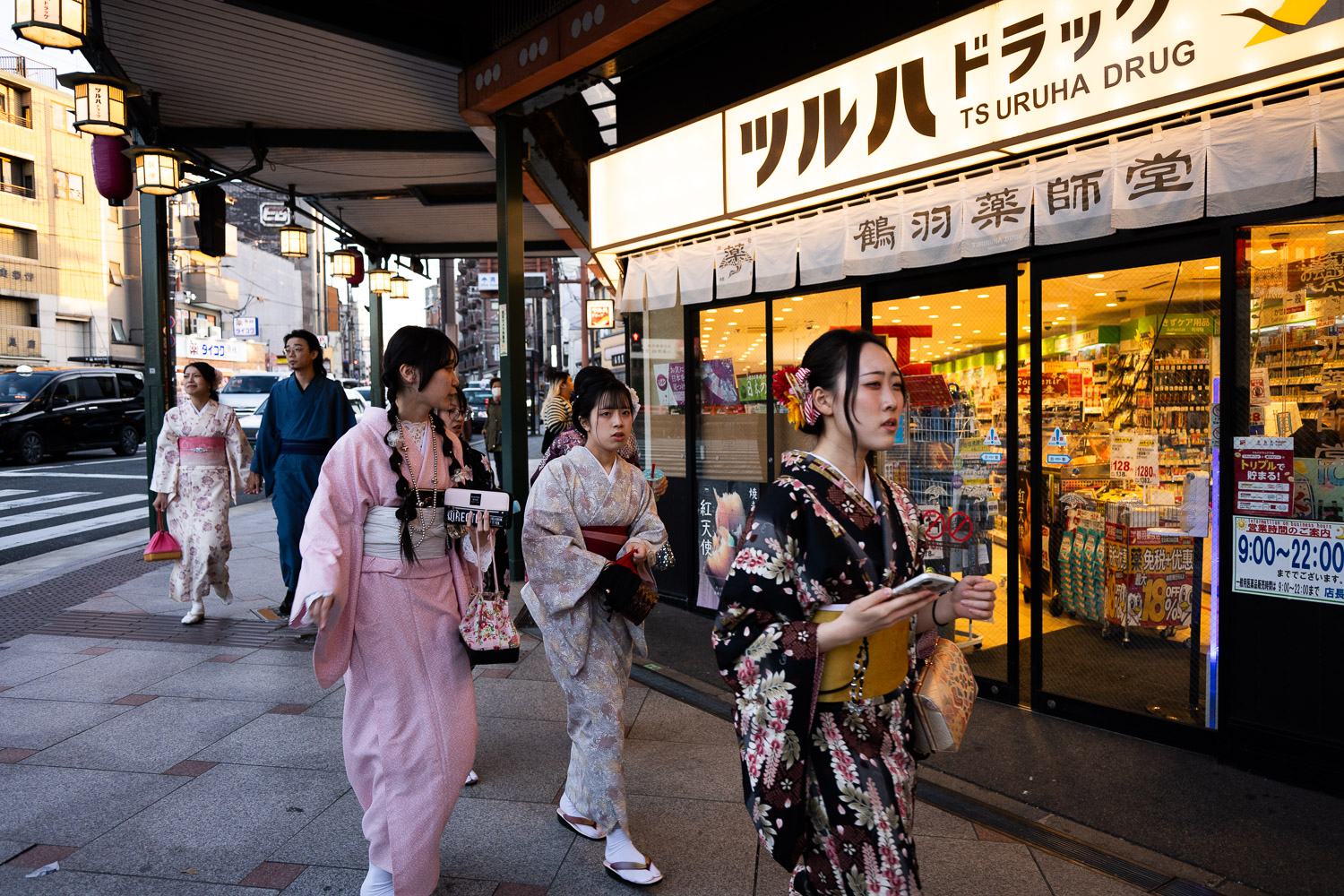 NIKON Z 8 (26mm, f/4, 1/250 sec, ISO800)
NIKON Z 8 (26mm, f/4, 1/250 sec, ISO800)
Japan is amazing. It is as exotic as it gets but it is clean, safe and convenient at the same time. This was our first vacation where we didn’t rent a car but we didn’t miss it at all. A car just doesn’t make sense here. This is the land of fast trains and excellent public transport. That’s why the air in the mega cities Tokyo and Osaka is fresh and clean.
Practically no one speaks English but the people are extremely friendly and helpful. As long as you are not a vegan the food is excellent. Just be open to explore new things. Japan is modern but it also values its rich tradition. Tokyo and Osaka are modern cities full of shiny skyscrapers but also full of full of special neighbourhoods that look retro and quirky. It’s just a short train ride from fancy Ginza to the special places in Shinjuku but it looks like they are on a different planet. That’s what makes those cities so attractive for photography.
 NIKON Z 8 (20mm, f/8, 1/500 sec, ISO200)
NIKON Z 8 (20mm, f/8, 1/500 sec, ISO200)
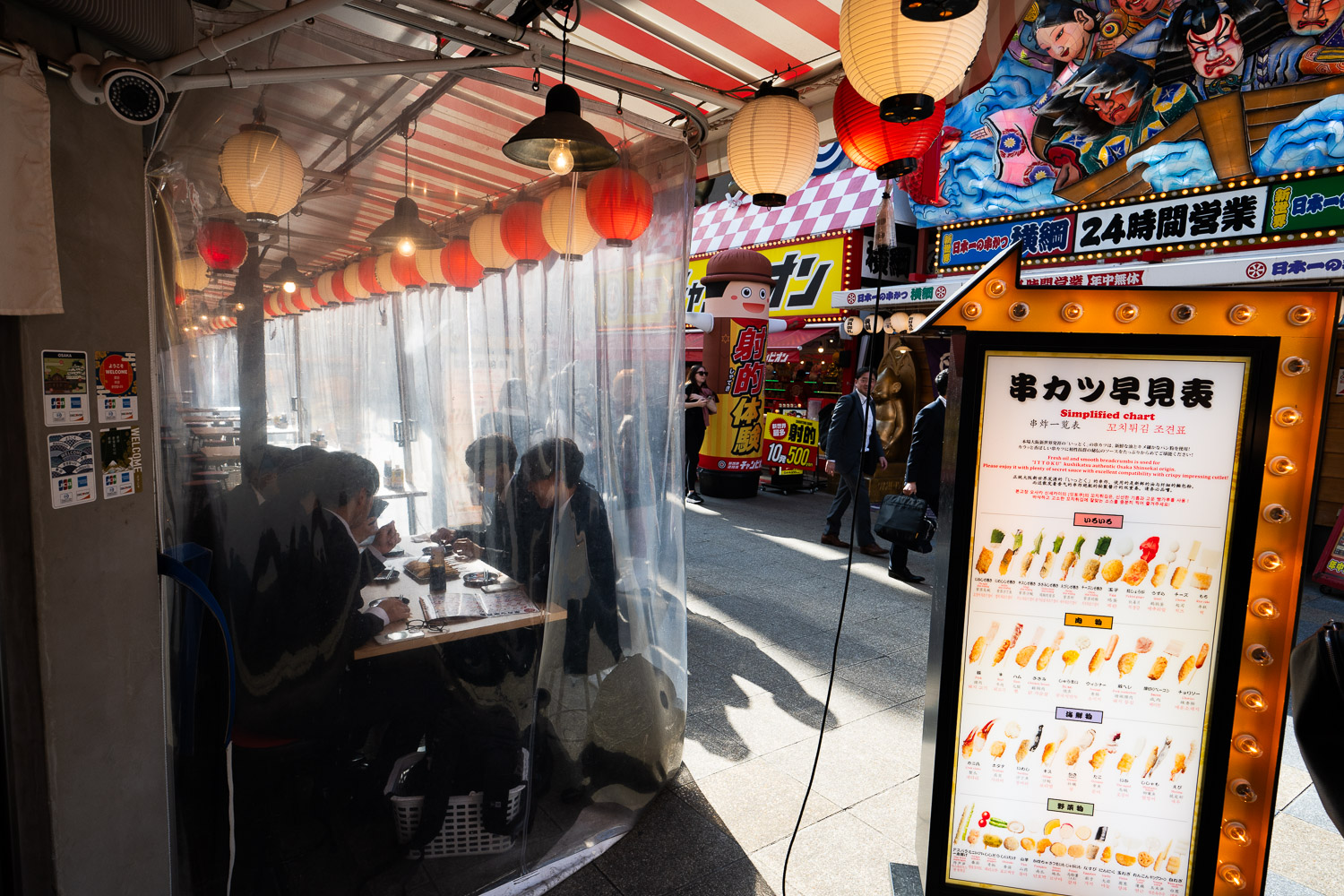 NIKON Z 8 (20mm, f/8, 1/250 sec, ISO220)
NIKON Z 8 (20mm, f/8, 1/250 sec, ISO220)
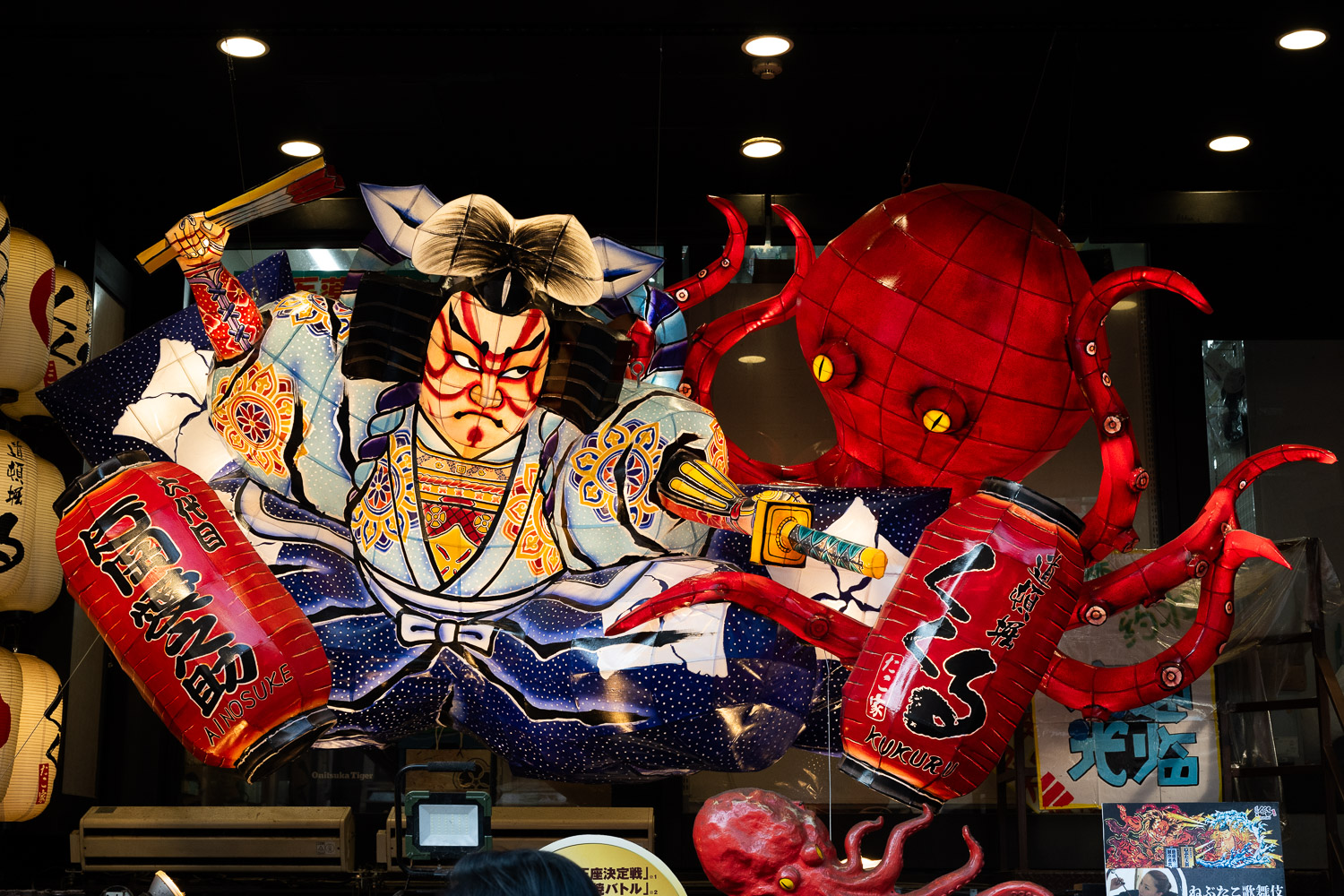 NIKON Z 8 (50mm, f/8, 1/250 sec, ISO1100)
NIKON Z 8 (50mm, f/8, 1/250 sec, ISO1100)
 NIKON Z 8 (20mm, f/5.6, 1/250 sec, ISO900)
NIKON Z 8 (20mm, f/5.6, 1/250 sec, ISO900)
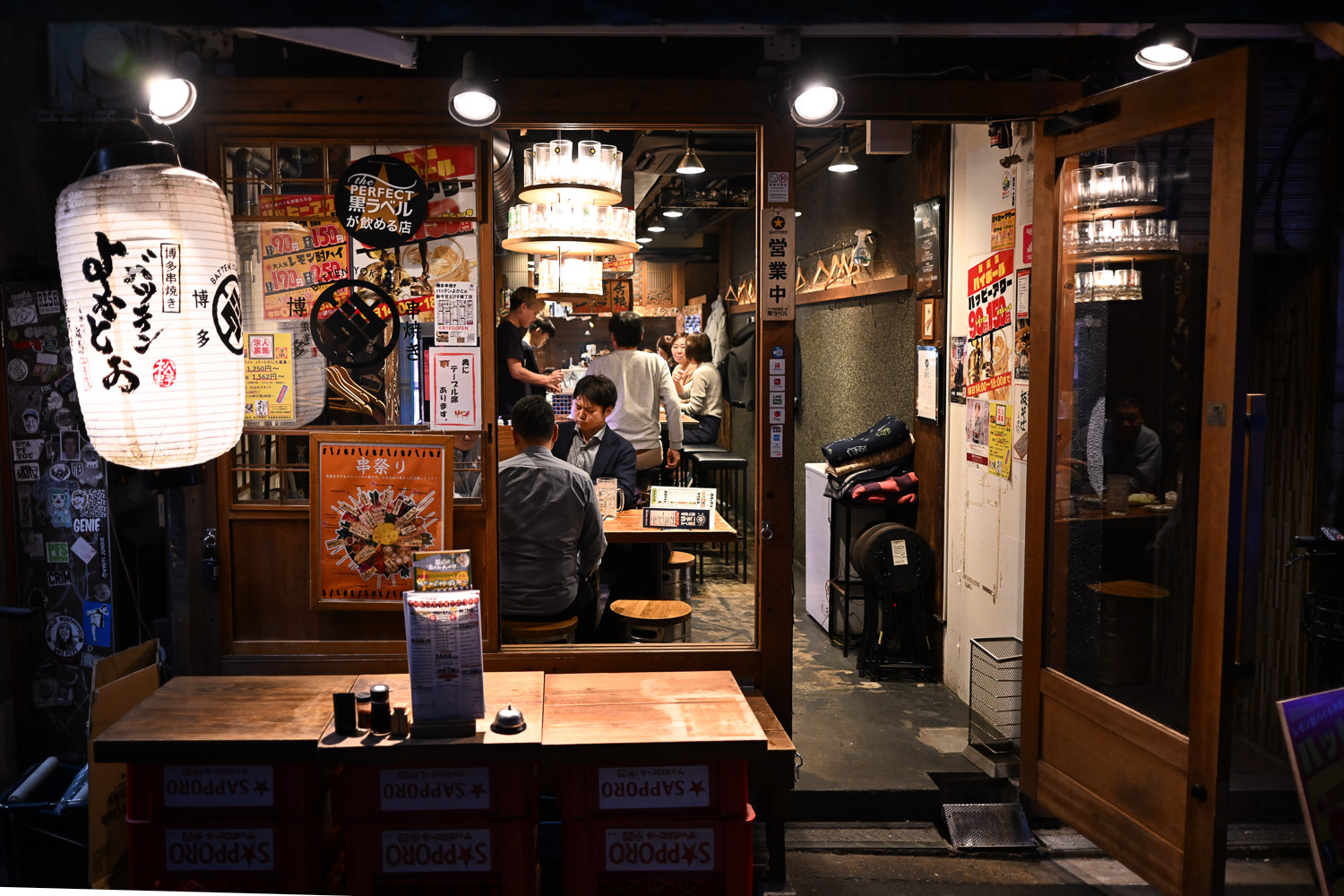 NIKON Z 8 (26mm, f/2.8, 1/100 sec, ISO1600)
NIKON Z 8 (26mm, f/2.8, 1/100 sec, ISO1600)
 NIKON Z 8 (26mm, f/2.8, 1/250 sec, ISO2500)
NIKON Z 8 (26mm, f/2.8, 1/250 sec, ISO2500)
Another great thing about Japan for me is that everything I really like is still big here. There are the biggest and best electronic stores in the world. Who ever visited Yodobashi Camera Akiba or Umeda will agree. They have every camera, every lens and every bag, tripod or other accessory on display and ready to be played with. Want to play around with a Hasselblad and see if you like its ergonomics. No problem at all. They are just sitting on the shelf waiting for you. No need to involve a sales person to get it out for you. Just pick it up.
You want to try out lenses for your camera. Just go ahead. I did just that and tried the 135/1.8 Plena, the 50/1.2, the 35/1.4, the 105/2.8 Macro, the Tamron 90/2.8 for Z, the Tamron 50-400. You can test them in a shop which also gives you good impression of the autofocus performance in indoors. Initially I planed to get the 105/2.8 Macro from Nikon but now I’m leaning toward the Tamron 90/2.8 with its focus limiter. AF is just so much quicker.
I’m also an audiophile and this camera store has some very fine stereo systems on display. I can’t take with me electronics because of the different voltage 100V vs 230V in Europe but on a previous trip I bought a step up converter for my low output MC. OK, I’m drifting off. This is a photography blog.
What is also still big in Japan are vinyl, CDs and SACDs. Tower Records Japan is alive and kicking. Their flagship store in Shibuya has 9 floors! There are tons of second hand record stores too. We have second hand vinyl stores in Vienna too but nothing beats to browse for new music in a dedicated record store.
 NIKON Z 8 (35mm, f/8, 1/250 sec, ISO1250)
NIKON Z 8 (35mm, f/8, 1/250 sec, ISO1250)
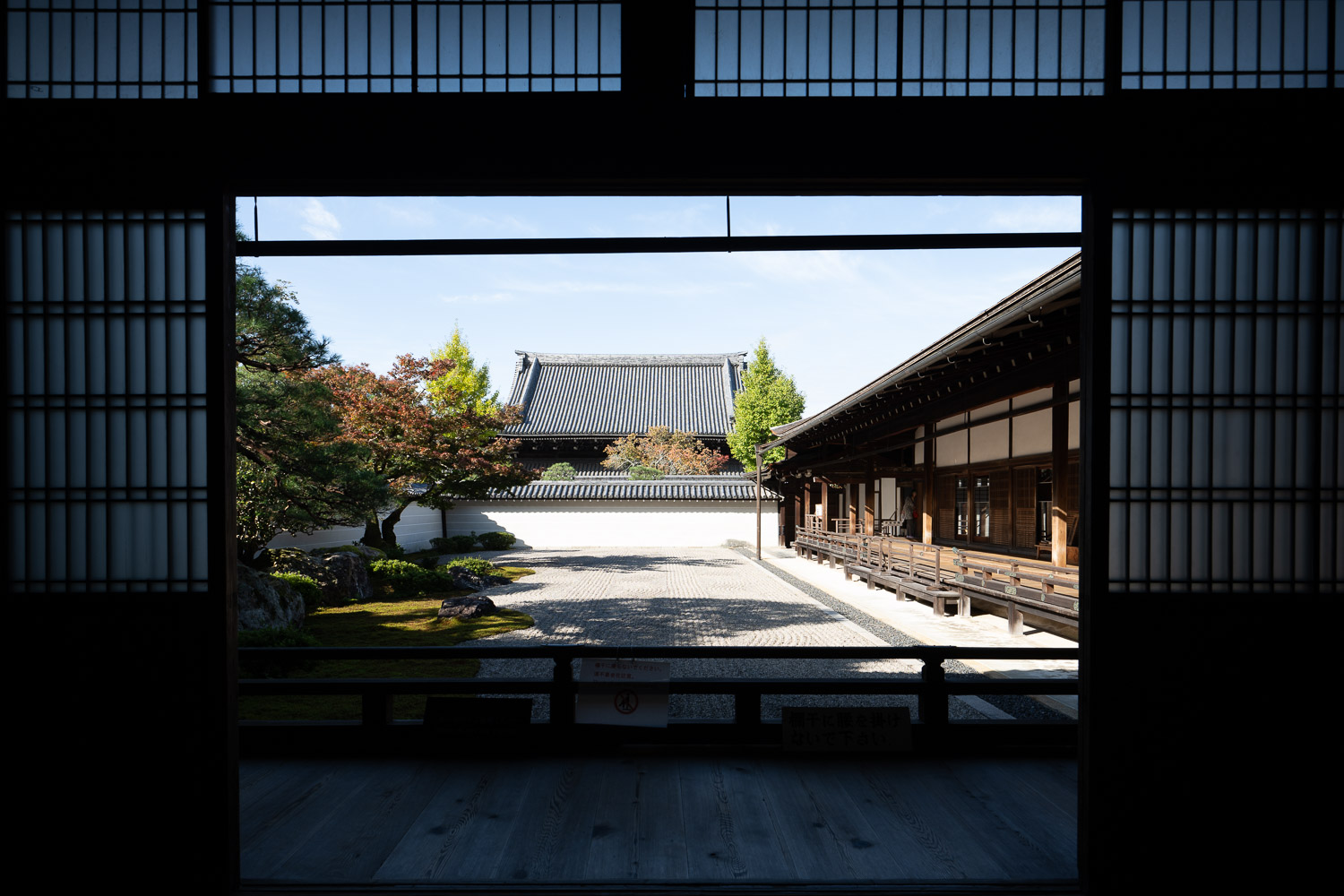 NIKON Z 8 (20mm, f/8, 1/60 sec, ISO64)
NIKON Z 8 (20mm, f/8, 1/60 sec, ISO64)
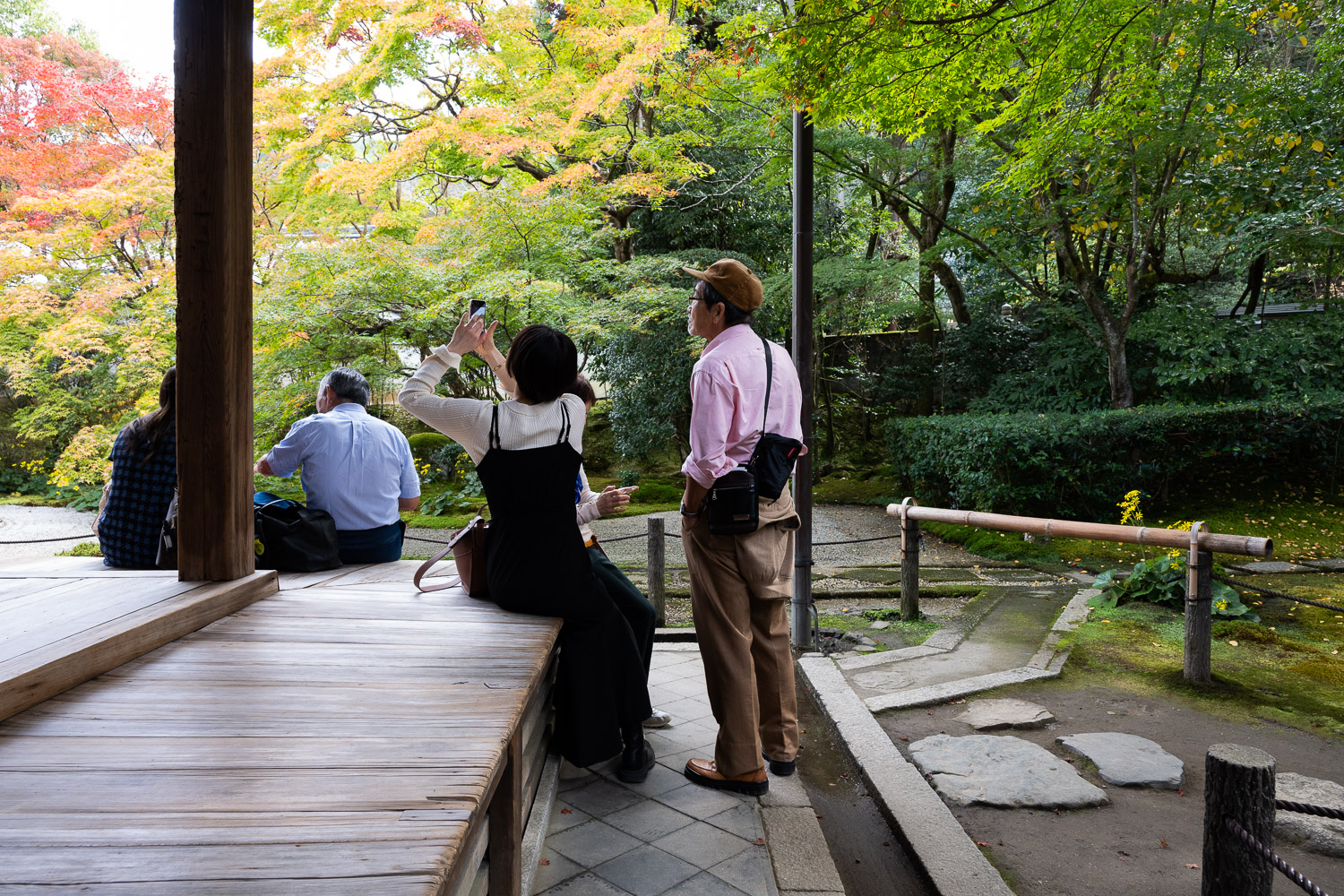 NIKON Z 8 (24mm, f/8, 1/50 sec, ISO720)
NIKON Z 8 (24mm, f/8, 1/50 sec, ISO720)
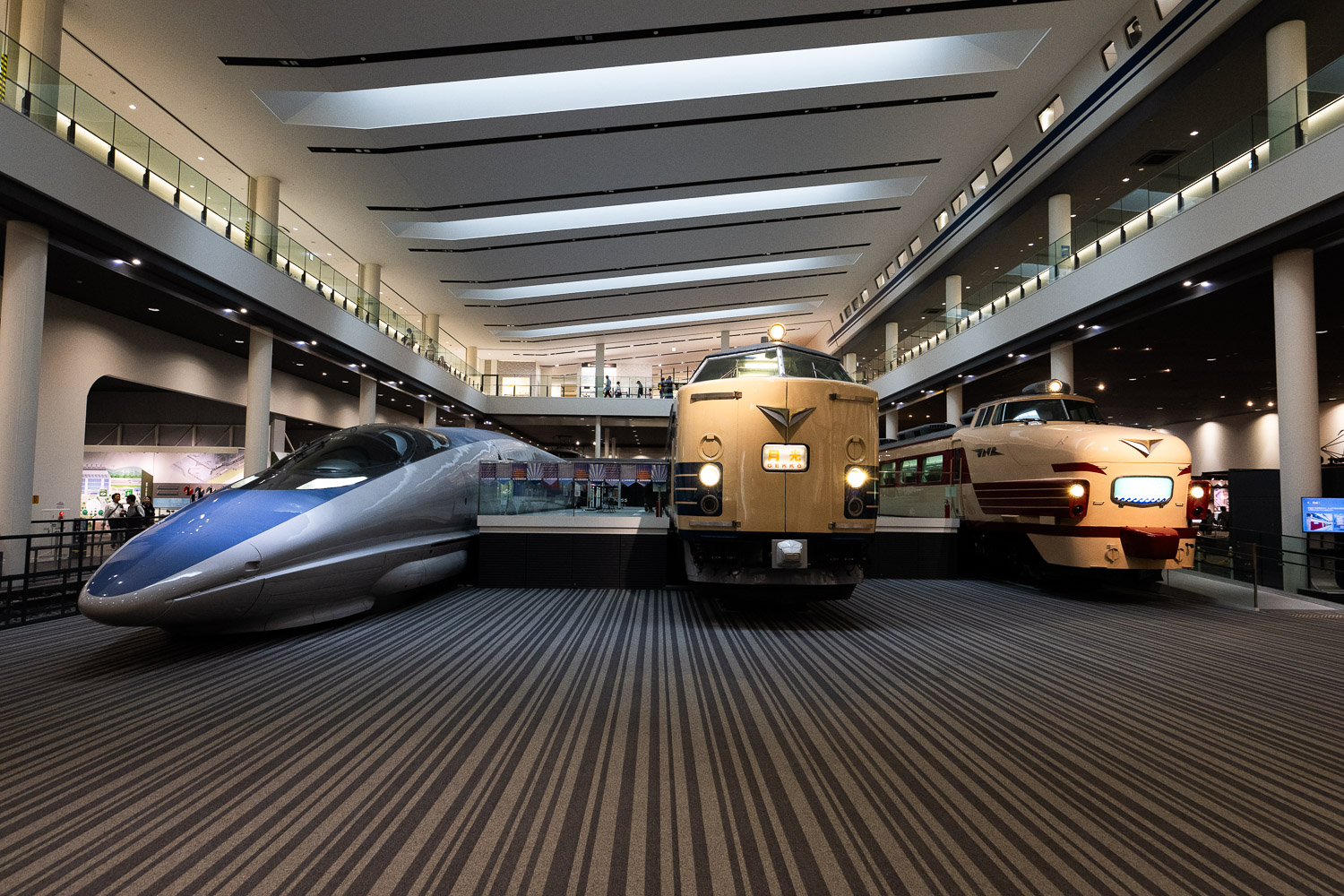 NIKON Z 8 (20mm, f/4, 1/250 sec, ISO3200)
NIKON Z 8 (20mm, f/4, 1/250 sec, ISO3200)
 NIKON Z 8 (26mm, f/4, 1/250 sec, ISO280)
NIKON Z 8 (26mm, f/4, 1/250 sec, ISO280)
 NIKON Z 8 (20mm, f/5.6, 1/50 sec, ISO1000)
NIKON Z 8 (20mm, f/5.6, 1/50 sec, ISO1000)
So far I described a paradise. Friendly people that are extremely helpful. A country that is well organised, safe and clean but exotic and nerdy at the same time. Fantastic food, the best electronic and record stores and home of the best train system on the planet. What’s not to like? There has to be a negative side.
OK. It’s the amount of tourists. Because Japan is such a beautiful country and because they also invested so heavily in advertising around the Olympic games they get a lot of tourists. The majority of the first time visitors focus on the big three: Tokyo, Kyoto and Osaka. We did the same only that we also added Kanazawa. As a consequence the touristic hotspots get overrun by tourists. The most extreme examples are in Kyoto but Dontonbori in Osaka or the Senso-ji temple in Tokyo are crazy too. It is simply too much and I predict that in the near future there will be measures in place to limit access.
And something needs to be done because it degrades the experience if you visit a temple together with thousands of chatting and selfie taking tourists. Don’t get me wrong. I love people and they play a big part in my images but this is not normal. I visited some of the places before in the past and it was very different. When I visited the Meiji-shrine back in 2017 there were a couple of tourists but I also witnesses a Japanese wedding. The few tourists behaved well and showed respect. It was an almost unreal calming experience. This time the Meiji-shrine felt like an amusement park with thousands of tourists. There was a guard holding a Quiet please sign who tried to control the masses. We took some pictures and quickly left the place. Even worse was the Senso-ji temple in Asakusa.
I understand that Japan’s government wants to increase tourism, there are very ambitious goals, but they also need to find a way to time access to the hotspots. If you just move around in Tokyo or Osaka tourists are not a big deal at all. Those are mega cities so a couple of thousands additional tourists won’t change much. If you allergic to big numbers of people you came to the wrong place anyway. The metropole region of Tokyo is home to 38 million people. Even without a single tourists that’s a lot of people moving around.
But that really is the only downside that I can see at the moment. Overtourism in the touristic hot spots. This could be a temporary issue driven by the weak Japanese yen but I don’t think so. Japan is just too beautiful and because it is located close to China, South East Asia and India there are more than 3 billion potential visitors in the region alone. Imagine if only 10% would visit.
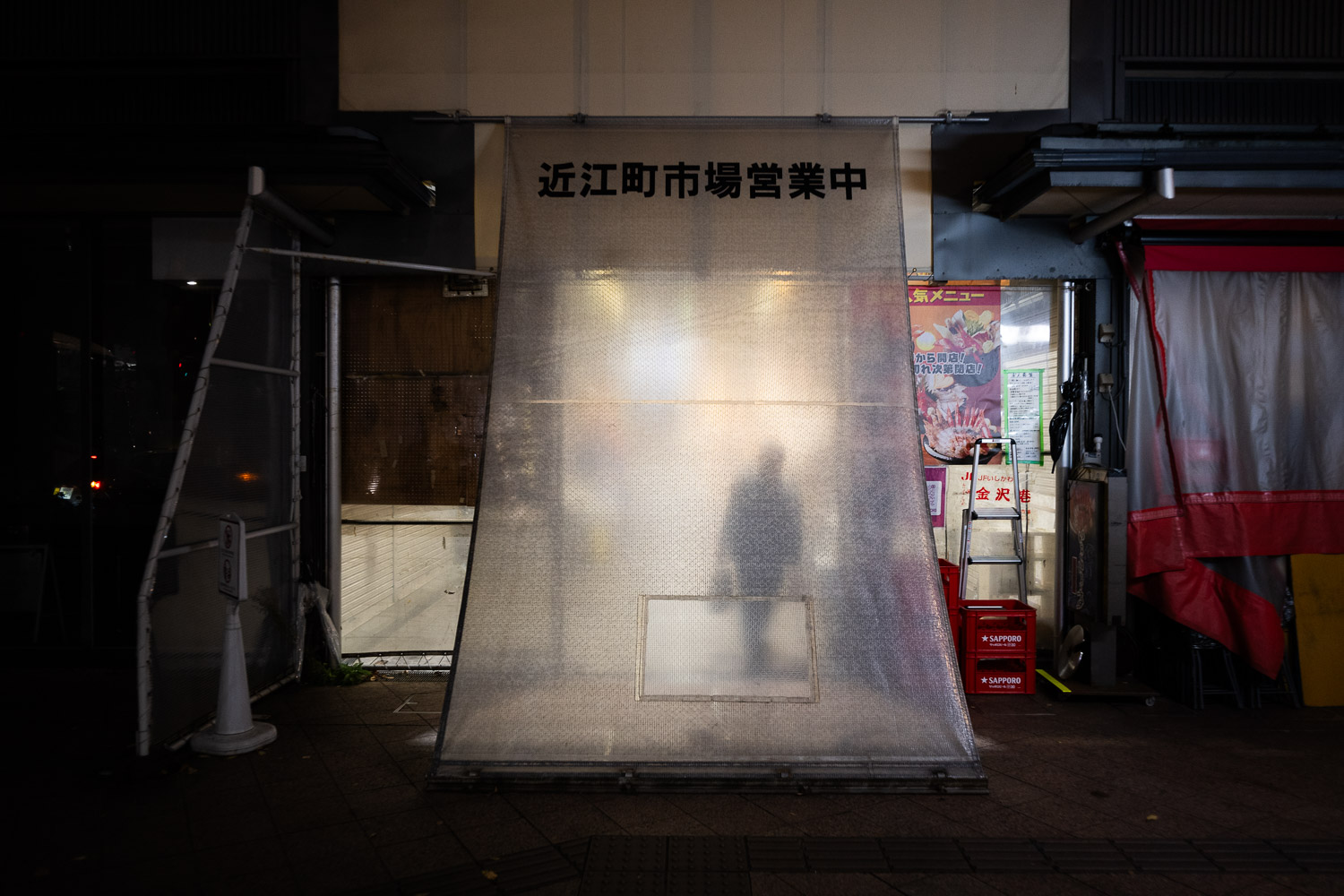 NIKON Z 8 (26mm, f/2.8, 1/50 sec, ISO1400)
NIKON Z 8 (26mm, f/2.8, 1/50 sec, ISO1400)
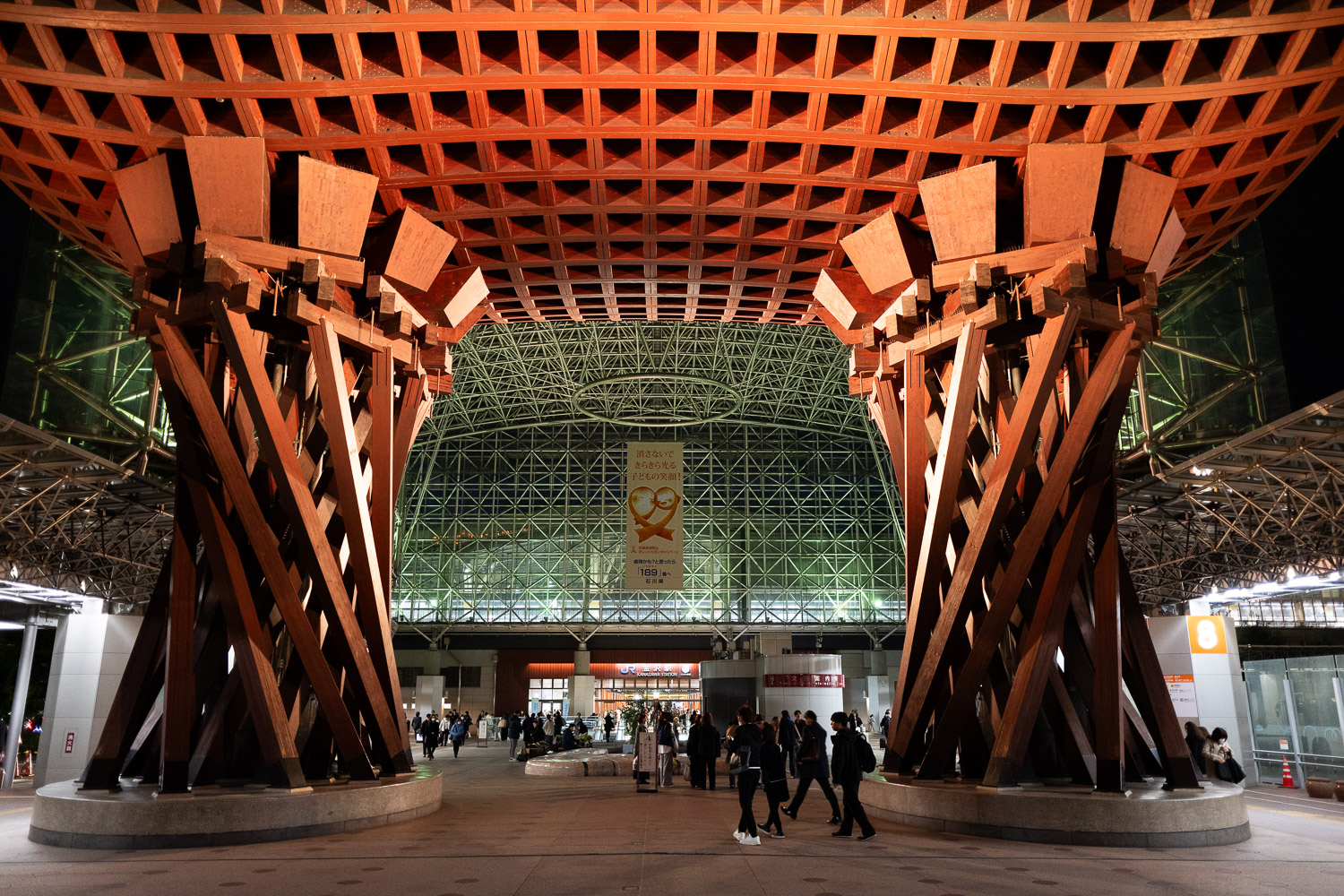 NIKON Z 8 (26mm, f/2.8, 1/50 sec, ISO2000)
NIKON Z 8 (26mm, f/2.8, 1/50 sec, ISO2000)
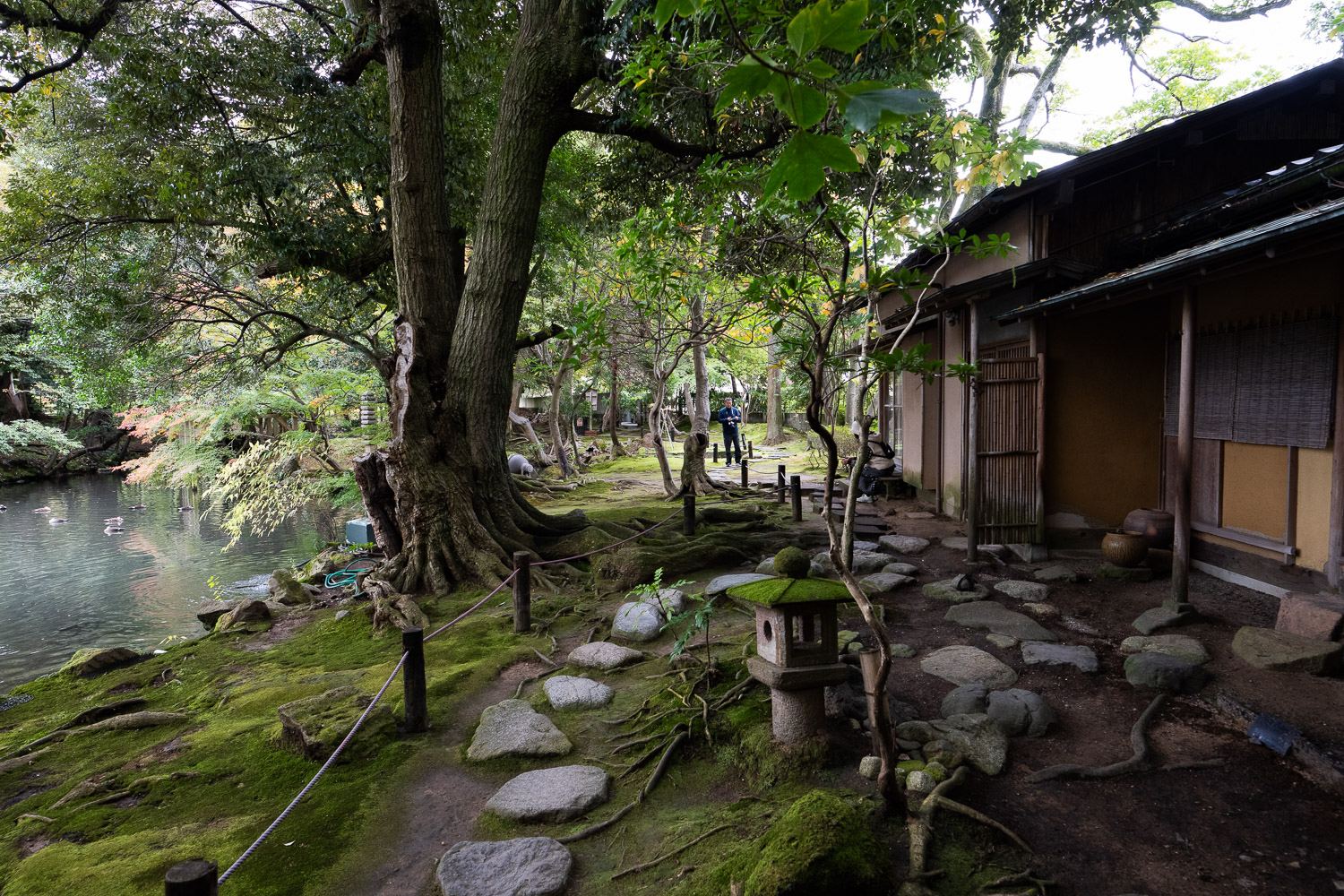 NIKON Z 8 (20mm, f/5.6, 1/50 sec, ISO2000)
NIKON Z 8 (20mm, f/5.6, 1/50 sec, ISO2000)
 NIKON Z 8 (26mm, f/2.8, 1/250 sec, ISO2000)
NIKON Z 8 (26mm, f/2.8, 1/250 sec, ISO2000)
 NIKON Z 8 (26mm, f/2.8, 1/250 sec, ISO900)
NIKON Z 8 (26mm, f/2.8, 1/250 sec, ISO900)
 NIKON Z 8 (26mm, f/2.8, 1/250 sec, ISO3600)
NIKON Z 8 (26mm, f/2.8, 1/250 sec, ISO3600)
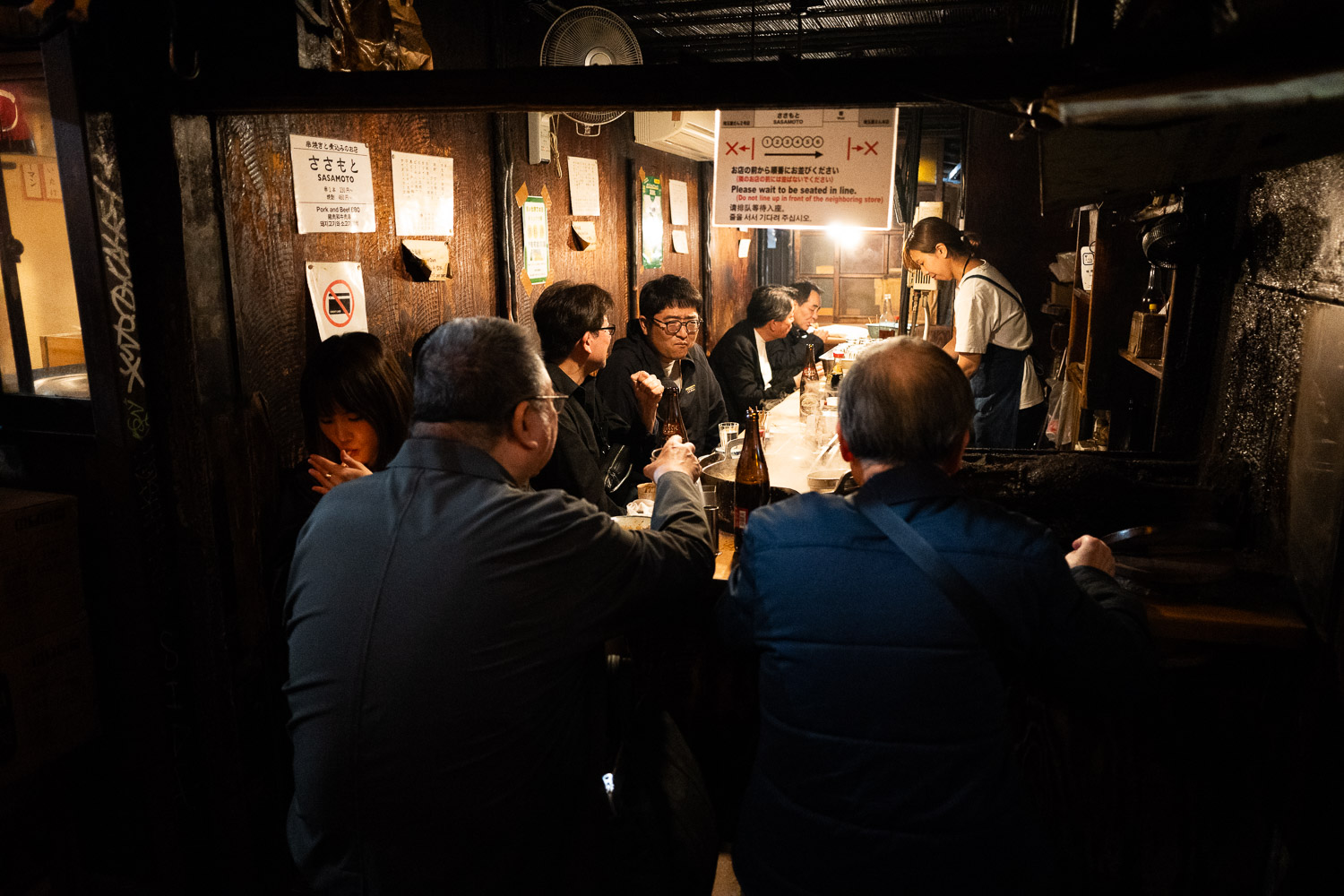 NIKON Z 8 (26mm, f/2.8, 1/250 sec, ISO11400)
NIKON Z 8 (26mm, f/2.8, 1/250 sec, ISO11400)
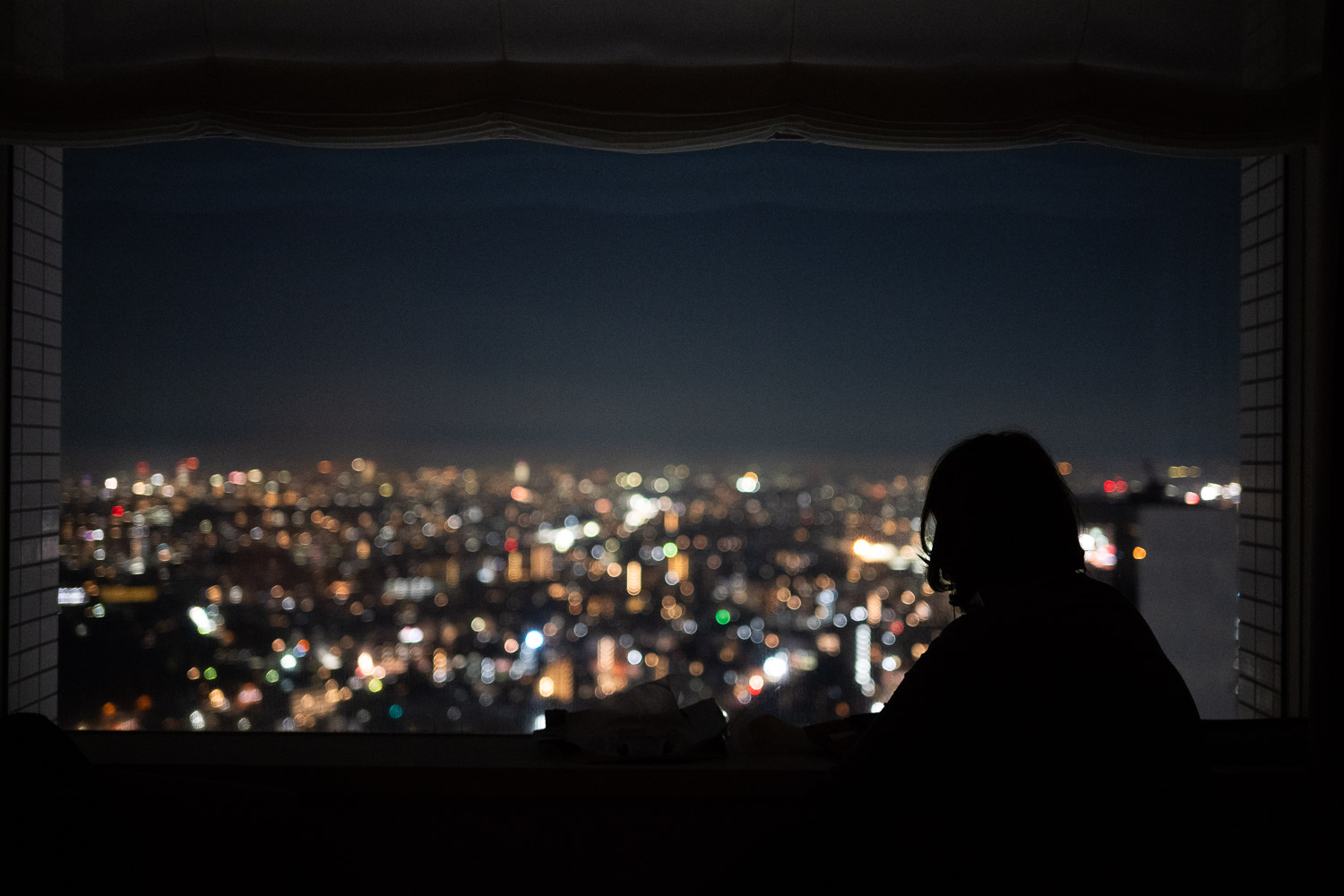 NIKON Z 8 (40mm, f/2, 1/50 sec, ISO6400)
NIKON Z 8 (40mm, f/2, 1/50 sec, ISO6400)
Within the next weeks I will post images of our trip and I will also talk about my experience with my new camera. As mentioned above this is visit number 10 for me but the first time I came for a vacation and the first time I took a big camera bag instead of my Fuji X-Pro2 or Pro3 and three small primes. Here is what I took this time:
- Nikon Z8
- Nikon Z 24-120/4 S
- Nikon Z 20/1.8 S
- Nikon Z 26/2.8
- Nikon Z 40/2.0
I also took my Fuji X-Pro2 plus 14/2.8 and 23/2 but just in case my injury on my right elbow would have gotten worse. Luckily it didn’t so I shot everything with the Nikon Z8. The Nikon Z8 is a meaty camera and the lenses are also rather big so a shoulder bag was not an option. I got a Peak Design Every Day Backpack 30l which was brilliant. It’s a backpack but one that you don’t have to put down if you want to switch lenses. It also has a big compartment on the top that was useful to store my jacket or the food that we bought for breakfast.
The lenses that I brought were great and I used all of them. The 24-120 was my standard for the gardens but I took most images with the 20/1.8 and the 26/2.8. Especially the later was a very positive surprise. I just got it close before the trip because initially I didn’t like the idea to spend so much money on such a small lens. It’s the perfect walk around lens and I love the focal length. And most important its image quality is great too.
I will write a short review of the lenses I took with me soon. I will also write my personal review of the Nikon Z8. What I loved, what I liked, what I didn’t like and what settings finally made it my camera.
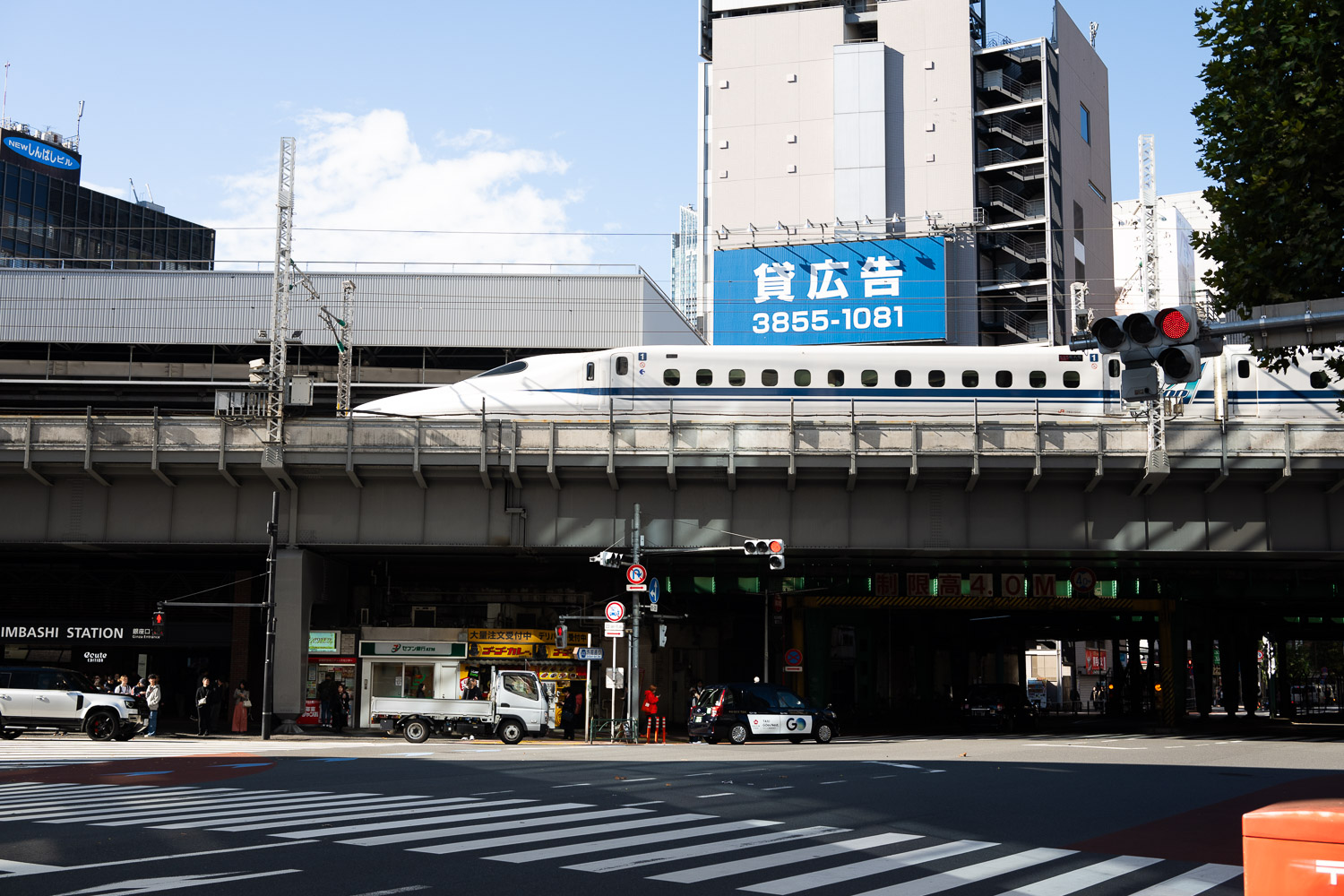 NIKON Z 8 (40mm, f/5.6, 1/500 sec, ISO200)
NIKON Z 8 (40mm, f/5.6, 1/500 sec, ISO200)
 NIKON Z 8 (26mm, f/4, 1/50 sec, ISO180)
NIKON Z 8 (26mm, f/4, 1/50 sec, ISO180)
 NIKON Z 8 (26mm, f/5.6, 1/1000 sec, ISO200)
NIKON Z 8 (26mm, f/5.6, 1/1000 sec, ISO200)
 NIKON Z 8 (26mm, f/11, 1/8 sec, ISO200)
NIKON Z 8 (26mm, f/11, 1/8 sec, ISO200)
 NIKON Z 8 (40mm, f/4, 1/1000 sec, ISO200)
NIKON Z 8 (40mm, f/4, 1/1000 sec, ISO200)
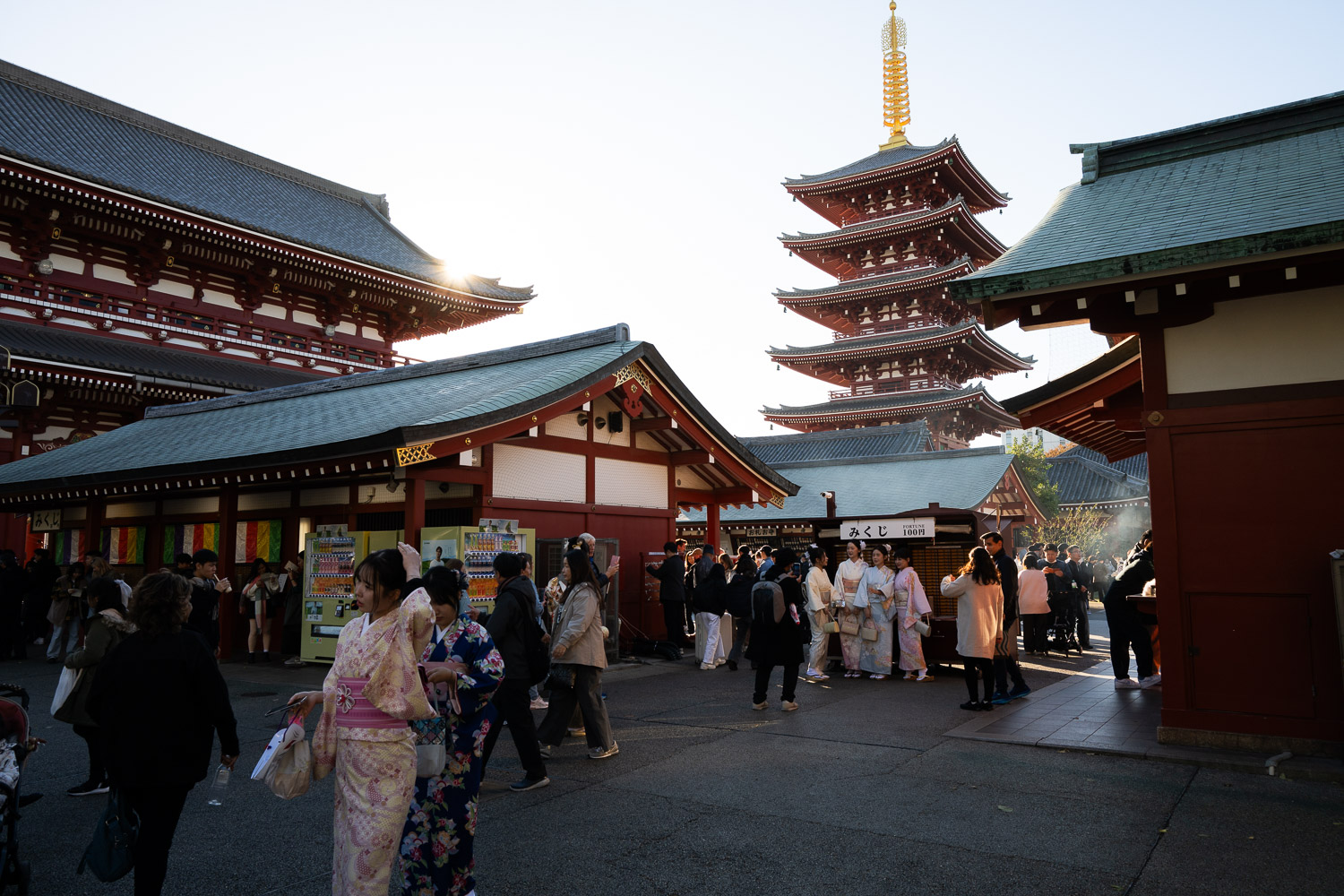 NIKON Z 8 (26mm, f/8, 1/250 sec, ISO320)
NIKON Z 8 (26mm, f/8, 1/250 sec, ISO320)
 NIKON Z 8 (20mm, f/5.6, 1/50 sec, ISO72)
NIKON Z 8 (20mm, f/5.6, 1/50 sec, ISO72)
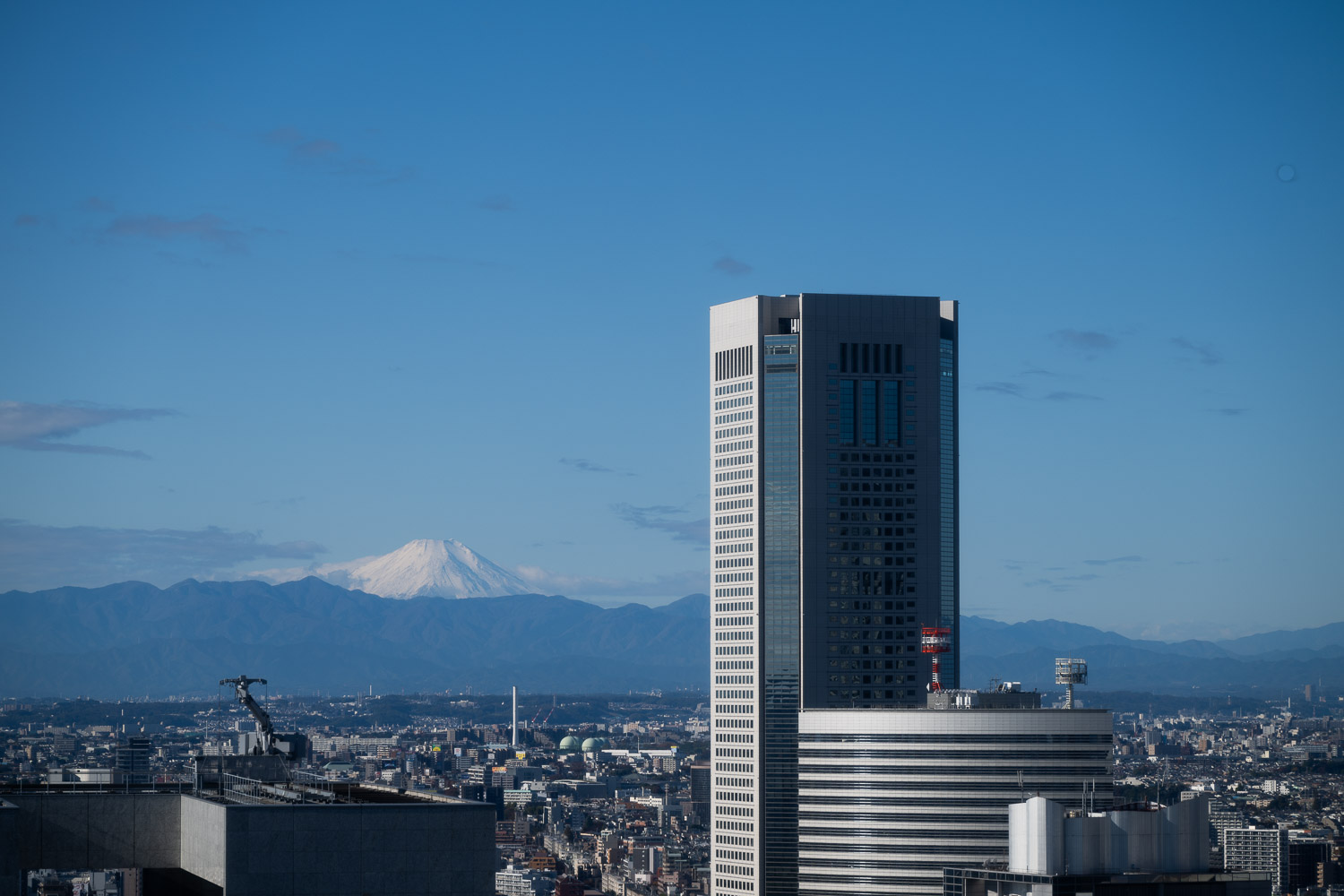 NIKON Z 8 (120mm, f/5.6, 1/500 sec, ISO64)
NIKON Z 8 (120mm, f/5.6, 1/500 sec, ISO64)
 NIKON Z 8 (26.5mm, f/8, 1/250 sec, ISO450)
NIKON Z 8 (26.5mm, f/8, 1/250 sec, ISO450)
Finally here are some travel tips should you choose to visit Japan. Many people feel intimated because of the big and busy cities and mostly because practicably nobody speaks English but today that’s not a big deal at all. When I first came here I had no local sim card so no maps and no google translate. I also had no Suica card which made to travel by subway unnecessary complicated.
But if you simply get a sim card on your first day and make sure that you have a Suica card on your phone you should be fine. With a Suica card you don’t need to purchase subway or train tickets every time you take a ride. You simply preload the Suica card and it deducts the rides when you leave the station. I used the map on the iPhone to get around and it worked perfectly fine. It clearly states the subway or train line you should take and where you have to switch trains. Today it’s so easy to get around it feels like cheating.
There are two perfect times in the year to visit Japan. One is spring because of the cherry blossom, the other one is late autumn because of the fall colours. But of course both are impossible to time if you book your flight a long time in advance. I was afraid that we would be too late for peak autumn color but it turned out that we were too early. It was unusually warm when we were in Osaka and Kyoto and as a consequence most leaves haven’t changed color. But the weather was excellent with very little rain and cloudless skies for the last couple of days in Tokyo at the end of our trip. We could see Mount Fuji from our hotel room in Tokyo every morning even though Fuji is almost 100km away.
Last but not least: Try to keep hotel changes at a minimum. If you plan to visit Osaka, Kyoto or Nara but you have limited time stay in Osaka close to the Umeda station. You can visit Kyoto and Nara from Osaka. That will safe you a lot of time switching hotels. There are bag lockers at the stations but it is still not comfortable to lug a lot of luggage around. And bring your most comfortable sneakers. You will walk all day. On average we walked in between 15.000 to 20.000 steps a day.
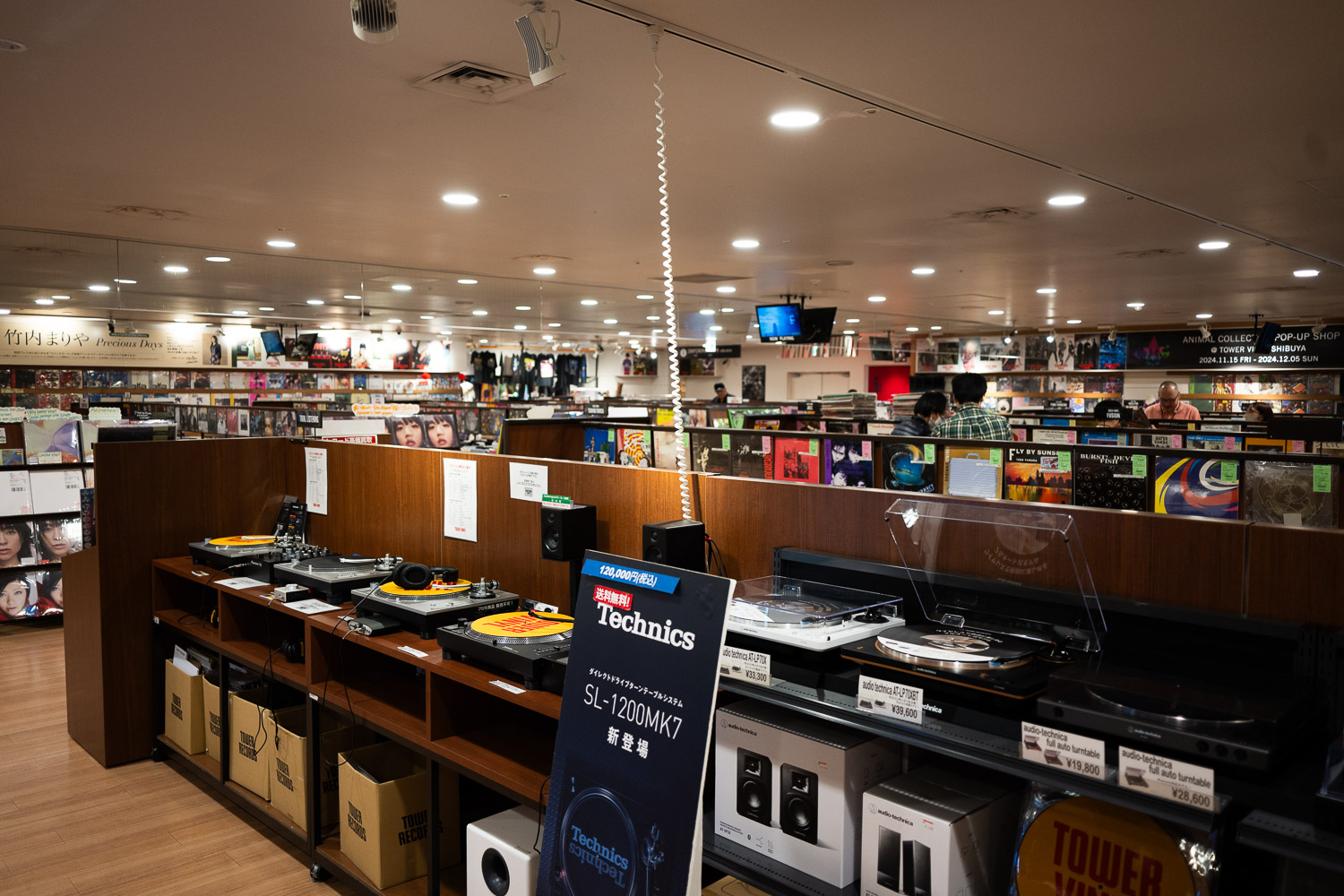 NIKON Z 8 (26mm, f/2.8, 1/250 sec, ISO800)
NIKON Z 8 (26mm, f/2.8, 1/250 sec, ISO800)
 NIKON Z 8 (26mm, f/4, 1/100 sec, ISO280)
NIKON Z 8 (26mm, f/4, 1/100 sec, ISO280)
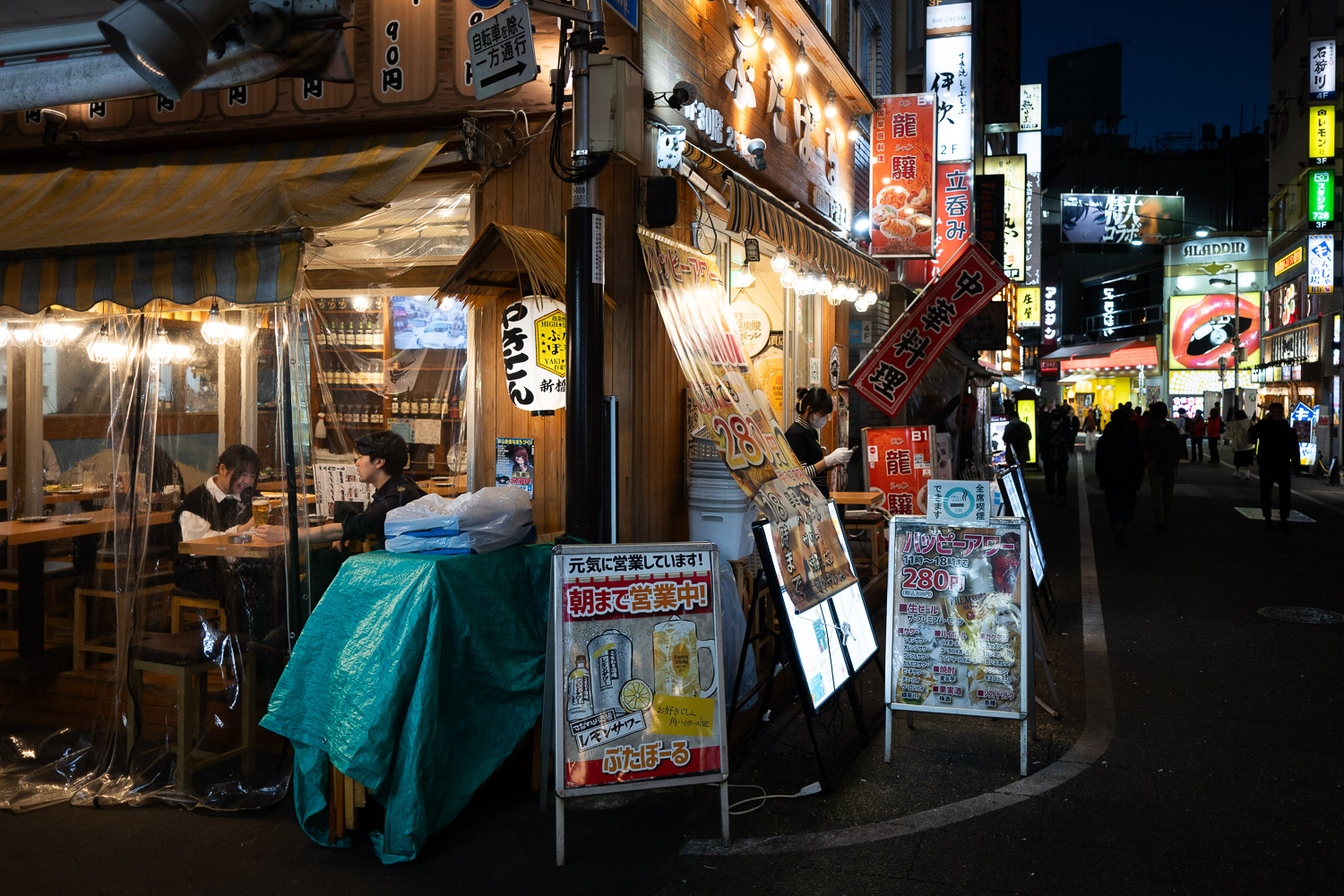 NIKON Z 8 (26mm, f/2.8, 1/100 sec, ISO360)
NIKON Z 8 (26mm, f/2.8, 1/100 sec, ISO360)
What else can I say? It was a fantastic trip where I met old friends after a long time. We also met very nice people along the way that helped us every time we looked like we were lost. Japan is a beautiful country full of wonderful people. The food is excellent and it is easy to get around thanks to a perfect public transport system. I only wish that I could speak Japanese. Maybe I try to learn a little more than just the couple of phrases for our next trip.
Because one thing is sure. We will be back!

